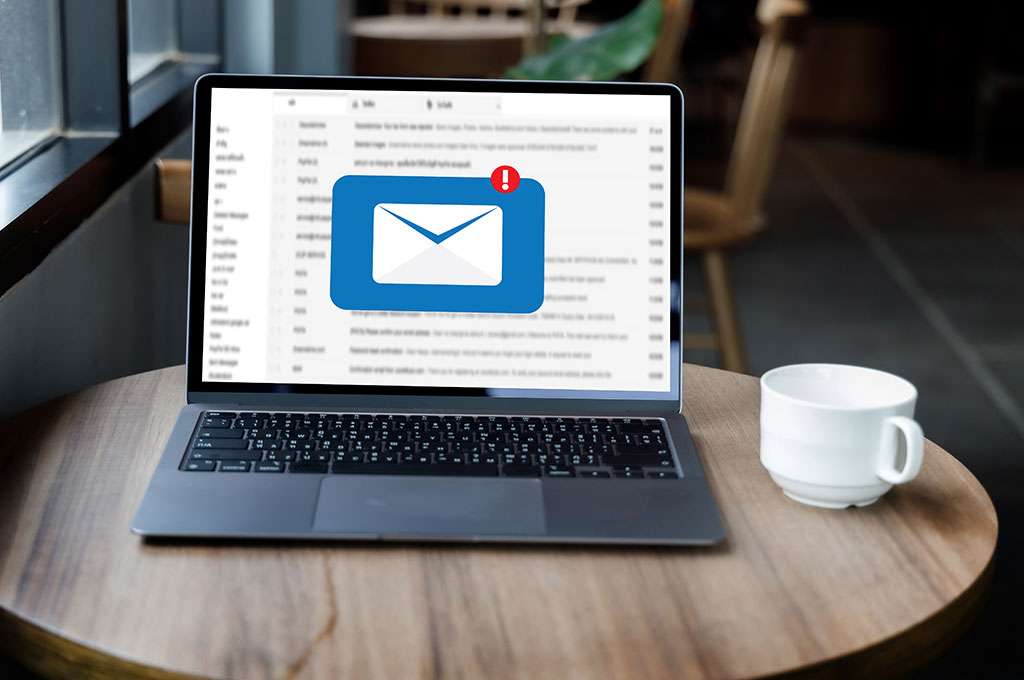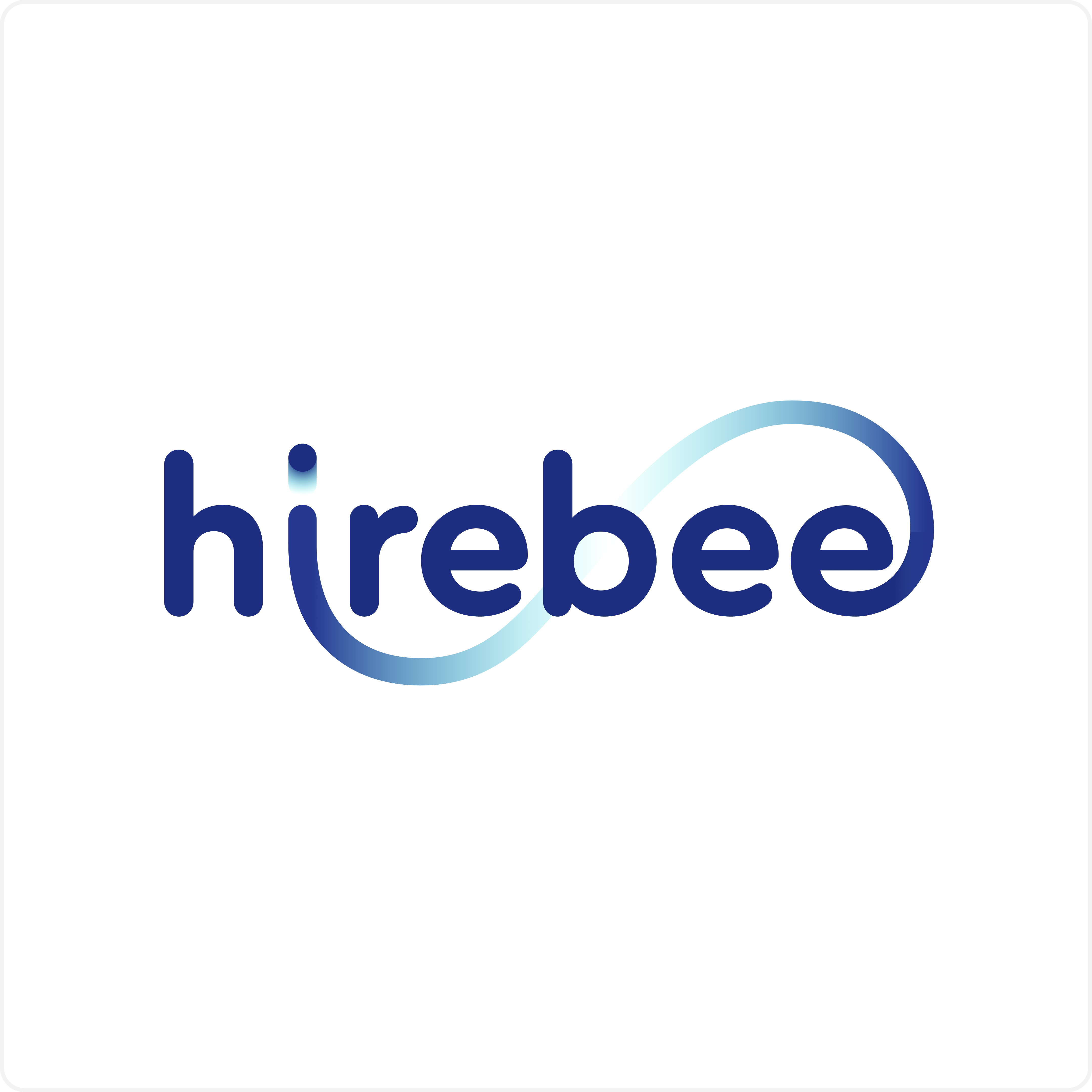In today’s competitive job market, attracting the right talent can be challenging. That’s why it’s crucial for recruiters to master the art of recruitment email outreach. With the sheer volume of emails sent out to potential candidates, it’s easy for your message to get lost in a sea of inbox clutter. But fear not, because in this article, we’ve got you covered. We’ll reveal 8 proven strategies that will not only capture the attention of your target audience but also double your email outreach response rate through recruitment automation.
Table of Contents
ToggleWhy segmenting candidates is important for effective email outreach
Segmenting candidates is an essential practice for effective email outreach because it helps to personalize and tailor communication efforts to the specific needs and interests of different groups of candidates. When recruiters send out cold emails to all candidates (both active and passive candidates), it can be ineffective as they are not relevant to everyone.
By segmenting candidates, recruiters can create targeted campaigns with specific email templates that speak directly to the interests, preferences, and qualifications of each group. This can result in higher response rates, better engagement, and more successful outcomes overall.
Tips for segmenting candidates based on various criteria
There are several factors that recruiters can use to segment candidates, including job title, industry, location, experience level, education level, and skill set. Other important criteria can include the candidate’s stage in the hiring process and their level of engagement with the company.
Using an ATS can make the process of segmenting candidates easier and more efficient, as the software can automatically sort candidates based on specific criteria. This can save recruiters time and allow them to focus on crafting tailored messages that resonate with each segment.
Overall, segmenting candidates based on relevant criteria and using an ATS to do so can result in more successful talent acquisition and better engagement with prospective candidate.

Personalizing your emails
Personalization plays a crucial role in the success of recruitment emails. Generic and impersonal emails can quickly turn off potential candidates and result in a lack of interest or response. By tailoring emails to the individual candidate’s needs, interests, and qualifications, recruiters can create a more engaging and relevant message.
An Applicant Tracking System (ATS) can be an invaluable tool for personalizing recruitment emails. ATS platforms are designed to streamline and automate recruitment processes, allowing recruiters to focus on building relationships with candidates.
ATS systems often include features such as customizable email templates, which can be tailored to specific candidate segments. This means that recruiters can easily add personal touches, such as using the candidate’s name or referencing their specific qualifications or experience. One example of an effective recruitment email template is mentioned below:
Invitation For A Video Interview
Email subject line: Video interview with [Company name] for the [Job title] position OR Invitation to a video interview with [Company name] for the job opening
Email body:
Hello or Dear [Candidate Name],
We appreciate your interest and taking the time to apply to [Job Position] in [Company name].
My name is [Your Name] and I’m a [recruiter/the hiring manager] at [Company name]. To further discuss your application for the [Job title] position, I’d like to invite you for a video interview.
During this interview, I’d like to introduce you to [Company name] and learn more about your interests and motivation to apply to work with us.
Would you be available for a quick video call [please specify a timeframe, such as early next week]?
Once you confirm the date and time that works best for you, I will send you the link to our video job interview OR [once we agree on the date and time of the interview for the job opening, I will send you a follow-up email to ask you to share your Skype or Hangouts account information so that we can have this video conversation with no technological issues].
Thank you so much.
Looking forward to hearing from you soon.
Best,
[Your name]
[Signature]
Rescheduling an interview with an applicant
Email Subject Line: Rearranging the [Job title] position job interview date at [Company Name]
Hello or Dear [Candidate Name],
I regret to inform you that the [day and time] interview we had scheduled for the [Job title] position must be rescheduled.
[Shortly explain the reason for the change, such as; our hiring manager [Hiring manager’s name] won’t be available on that day.]
Could we change the date and time to [new date and time]? Please let me know if that works for you or if there is another time or date this week that you would prefer.
I sincerely apologize if this has caused you any inconvenience.
Best regards.
[Your name]
[Signature]
ATS platforms can also integrate with other technologies, such as CRM systems or email marketing tools, to create targeted campaigns that are personalized to each candidate. In addition, an ATS can track the performance of email campaigns, allowing recruiters to see which messages are resonating with candidates and adjust their approach accordingly.
By leveraging technology like an ATS, recruiters can save time and increase the effectiveness of their recruitment emails by personalizing them to the specific needs and interests of each candidate.
Highly-focused CTA
Creating recruitment emails can help you accelerate communications with candidates and clientele. You need to respond or have them act immediately as well. When you optimize the subject line of an email, you should point the whole thing towards clicking.
Make sure the email recipient knows where and why it should be clicked or for further information. Examples can be provided of the CTA. The CTA can be very effective in recruitment templates because this helps increase conversions. CTAs have simple buttons or hyperlinks with compelling text.
Subject lines that get your email opened
In recruitment, subject lines can make all the difference when it comes to getting your email opened by qualified candidates. To grab their attention, you could use subject lines that mention specific aspects of the job description or interview process, such as “Exciting Opportunity: [Job Title] at [Company],” or “Join Our Team: [Job Title] Position Available Now!” If you’re conducting cold outreach, you might try a more personalized subject line that speaks directly to the candidate’s experience or interests, such as “Your [Skill/Experience] is Exactly What We Need.”
Another approach is to use urgency or scarcity to encourage candidates to take action, such as “Limited Time Offer: [Position] Closing Soon” or “Don’t Miss Out on This Opportunity!” Whatever approach you choose, make sure your subject line is concise and relevant, and avoid using spammy or misleading language that might turn off potential candidates.

Recruiting Email Templates to Attract Passive Candidates
Recruiting email templates can be a valuable tool for reaching out to passive candidates and winning their attention for open positions. When crafting your recruiting email, be sure to include information that is relevant to the candidate’s career goals and background, as this will help you catch their attention and position yourself as a lead talent acquisition resource.
Your recruiting email should include a brief introduction, followed by a description of the open position and the qualifications you are looking for in a candidate. Make sure to highlight any unique or exciting aspects of the job description that will pique the prospect’s interest.
Additionally, include relevant information about your company, such as its mission, values, and culture. It’s also important to personalize your recruiting email, rather than relying on a generic message generated automatically by an applicant tracking system.
If you believe the prospect is a good fit for the position, invite them to schedule an interview at their convenience, and be sure to follow up promptly if they express interest. With a well-crafted recruiting email, you can increase your chances of attracting and winning top candidates for your open positions.
Concise Messaging
In the world of recruitment emails, being concise is essential. Candidates are often inundated with emails, so recruiters must be able to capture their attention quickly and effectively. When messages are too long or convoluted, candidates may lose interest or simply not have the time to read through them. That’s why it’s crucial for recruiters to focus on brevity while still providing valuable information. The key is to get straight to the point and make sure that the message is easily scannable, with important information clearly highlighted. Bullet points, subheadings, and bolded text can all help to break up the content and make it easier to digest.
Additionally, it’s important to tailor the messaging to the specific candidate and their interests. This can be achieved by referencing specific experiences or qualifications that caught the recruiter’s attention. When writing a concise message, recruiters should also consider the overall tone and style of their communication, as it can impact the candidate’s perception of the company. Ultimately, by being brief yet informative, recruiters can capture the right candidates’ interest and increase the likelihood of a positive response.
How to use follow-up emails to keep candidates engaged and interested
Follow-up emails are a crucial aspect of keeping prospective candidates warm and interested in a company’s recruitment process. These emails serve as a reminder to candidates that they are still being considered for the role and can help to build a positive relationship between the candidate and the recruiter. The use of such kind of emails can also improve the overall candidate experience, as it demonstrates that the recruiter values the candidate’s time and effort in the application process.
To effectively use follow-up emails, recruiters should aim to be timely, personalized, and concise. Using an Applicant Tracking System (ATS) can help recruiters to save time by automating emails and personalizing them based on the candidate’s stage in the recruitment process. Recruiters can also use technology to track email open and response rates, allowing them to adjust their follow-up approach accordingly.
By utilizing follow-up emails in a strategic and personalized manner, recruiters can increase their chances of attracting top talent and filling open positions more efficiently. An example of a useful follow-up recruiting email template is as follows:
Follow-up email with a successful candidate after the interview process
[job title] position interview at [company name]
Dear [Candidate] / Hello [Candidate],
We appreciate you taking the time to meet with us regarding the [job title] role. We enjoyed getting to know you, and we believe you’d be a wonderful fit for this new position.
As a further step, [we would like to invite you to an interview with our CEO / VP of Engineering where you will have the opportunity to further discuss the responsibilities of this role and raise any questions you have.]
Or
In the following step, we’d like to send you an assignment that is an example combining a few of the job responsibilities. You’ll have the chance to demonstrate your abilities and gain a better understanding of what the job entails.]
In the event that you agree, kindly respond to this email, and I will [arrange the interview] or [give you the assignment along with instructions]. Please don’t hesitate to get in touch if you have any questions or concerns.
Thank you so much!
Looking forward to your response.
Best regards.
[Your name]
[Signature]
Conclusion
In conclusion, effective email outreach is crucial for recruiters to attract top talent in today’s competitive job market. By segmenting candidates, personalizing emails, using concise messaging, and following up with candidates, recruiters can double their email outreach response rate in recruitment.
Leveraging technology like an ATS can also make the process of email outreach more efficient and effective. By implementing these proven strategies, recruiters can increase engagement with potential candidates and ultimately lead to more successful outcomes for both the recruiter and the candidate.









